In the ever-evolving world of textile printing, Direct to Film (DTF) technology has emerged as a revolutionary technique, offering a myriad of benefits and opportunities for both small-scale artisans and large-scale manufacturers. This innovative method, powered by the advanced capabilities of DTF textile inks, is reshaping the landscape of fabric printing, enabling unprecedented levels of creativity, efficiency, and versatility. This article delves into the essence of DTF textile ink, exploring its advantages, applications, and the transformative impact it is making on the textile industry.
The Essence of Direct to Film Textile Ink
Direct to Film textile ink is a specialized type of ink used in the DTF printing process, which involves printing a design onto a special film and then transferring it onto fabric. This ink is formulated to ensure high-quality, vibrant prints with excellent durability and washability. Unlike traditional printing methods, DTF textile ink is designed to adhere not just to cotton but to a wide range of fabrics, including synthetics, enabling designers to unleash their creativity on an unprecedented variety of textiles.
Advantages of DTF Textile Ink
The advantages of DTF textile ink are manifold, offering a compelling alternative to traditional fabric printing methods such as screen printing and Direct to Garment (DTG) printing.
- Versatility: DTF ink can be applied to a broad spectrum of fabrics, including challenging synthetics and blends, without the need for pre-treatment. This opens up new possibilities for printing on a wider range of garments and accessories.
- Quality and Durability: Prints created with DTF ink are known for their sharp details, vibrant colors, and excellent washability. The ink formulation ensures that the prints are not only visually appealing but also long-lasting.
- Efficiency and Cost-effectiveness: DTF printing streamlines the production process, reducing labor and material costs. It eliminates the need for multiple setups for different colors, making it ideal for short runs and custom orders.
- Eco-Friendliness: Many DTF inks are formulated to be more environmentally friendly than traditional textile inks, with reduced VOC emissions and less waste produced during the printing process.
Applications of DTF Textile Ink
The applications of DTF textile ink span across various sectors of the textile industry, from fashion apparel to home decor and beyond.
- Fashion Apparel: DTF printing allows for detailed, vibrant designs on t-shirts, hoodies, and other garments, catering to the demand for personalized and custom clothing.
- Sportswear: The durability and flexibility of DTF prints make them ideal for sportswear, where performance and comfort are paramount.
- Home Decor: From cushion covers to curtains, DTF printing can add personalized touches or intricate designs to a wide range of home textiles.
- Merchandising: Custom merchandise, such as band t-shirts or promotional items, can be produced quickly and cost-effectively with DTF technology.
The Transformative Impact on the Textile Industry
The advent of DTF textile ink and the associated printing technology is not just an innovation; it’s a transformation that is redefining what’s possible in textile printing. It offers a level of flexibility and efficiency that traditional methods cannot match, opening up new markets and opportunities for businesses of all sizes. Small businesses, in particular, can benefit from the low entry barrier and the ability to offer custom prints without significant investment in equipment or inventory.
Moreover, the environmental benefits of DTF printing align with the growing consumer demand for sustainable products. By reducing waste and using eco-friendlier inks, the textile industry can move towards a more sustainable future.
Conclusion
Direct to Film textile ink represents a significant leap forward in the field of textile printing, offering a combination of versatility, quality, efficiency, and sustainability that is unparalleled by traditional methods. As the technology continues to evolve and become more accessible, it is expected to drive further innovations and open up new creative and commercial avenues. The future of textile printing is bright, and DTF textile ink is at the forefront, leading the charge towards a more innovative, efficient, and sustainable textile industry.
